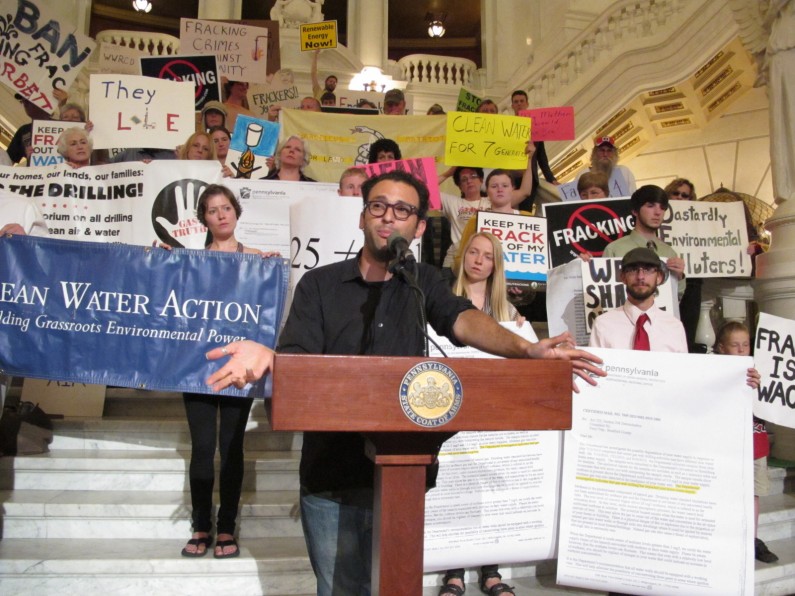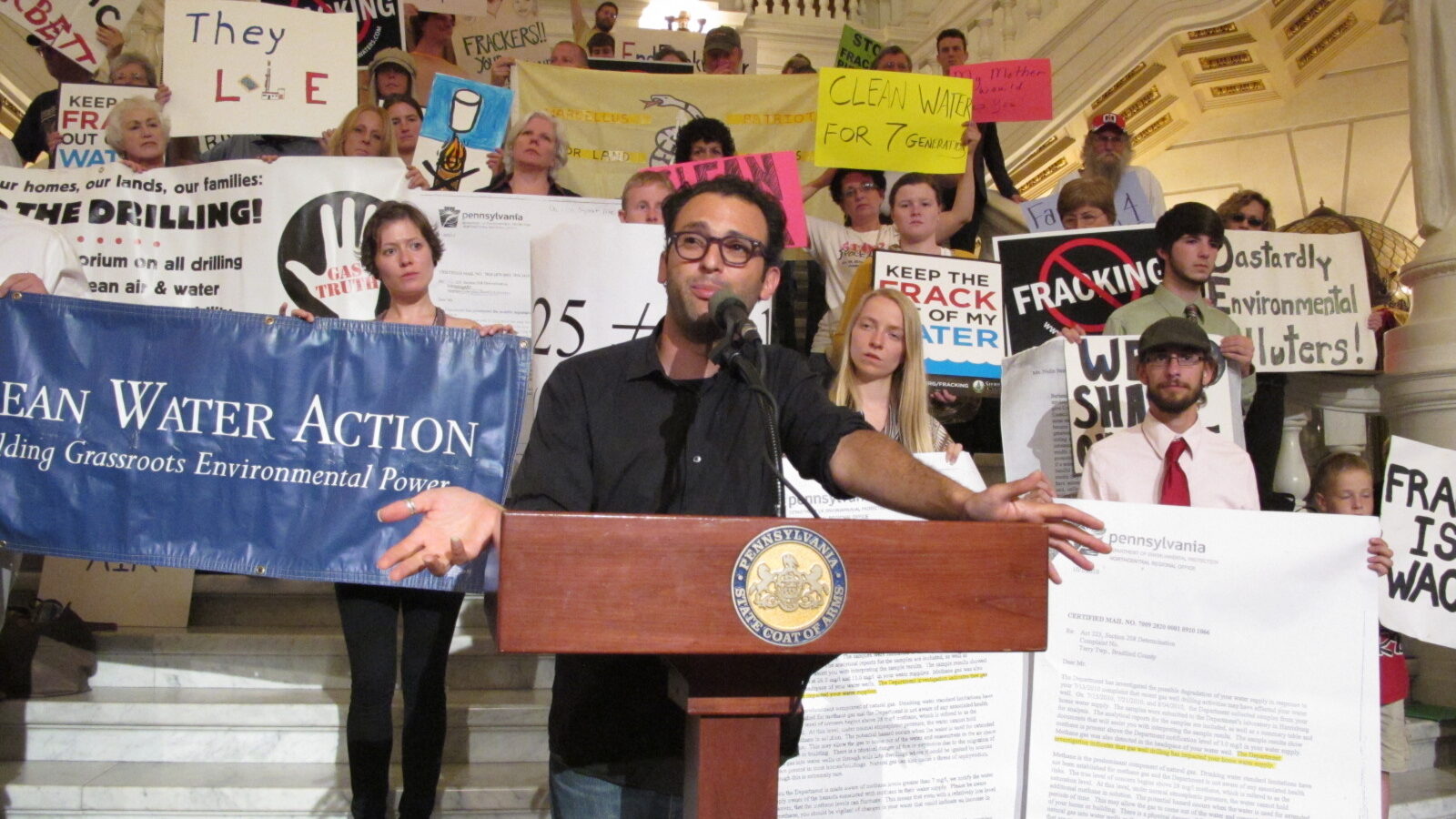
In April 2013, a Texas jury awarded Bob and Lisa Parr nearly $3 million on the claim that a nearby hydraulic fracturing operation made them sick. According to the findings, Aruba Petroleum started a fracking operation less than 2 miles from the Parrs’ North Texas ranch in 2009. It was contended that the chemicals that leached into the ground, as well as toxic gases from the operation, migrated onto the Parr property and made the ranch’s livestock and the Parrs ill.
Across the nation, communities are challenging claims that fracking is safe. Residents living near the litany of well pods that are being built or are already in operation continue to report nosebleeds, headaches, skin rashes, dizziness and nausea. Research is increasingly supporting theories connecting such symptoms to fracking well proximity. According to a Jan. 28 Colorado School of Public Health report, for example, mothers living close to a cluster of fracking wells have as much as a 30 percent additional risk of their child being born with a birth defect. A second study, released by the Endocrine Society in December, found that exposure to fracking fluid could disrupt hormone functioning, leading to a greater chance of infertility, cancer and other health problems.
While some states, such as New York and Maryland, have taken these health concerns seriously, and have issued statewide moratoriums on fracking, other states, drawn to the revenue the expanded oil and natural gas drilling would bring to their coffers, have allowed fracking operations to set up with virtually no state regulation and no vetting of the safety of the process. The drive toward making America energy-independent has also led to the federal government taking a hands-off approach in regards to dealing with fracking, with several pieces of legislation in place to make it difficult for federal agencies to impose safety regulations on oil and gas companies.
In fracking-heavy Washington County, Pennsylvania, residents have reached out to a group of local scientists to prove definitively that their illnesses are being caused by the fracking well pods. The group, the Southwest Pennsylvania Environmental Health Project, is offering free health evaluations to families local to the drilling sites. In Pennsylvania, there are no planned or ongoing health studies in place with the state’s Department of Environmental Protection — which oversees the state’s oil and gas industries — and none of the impact fees the state collects from drilling operations go toward health programs or initiatives.
This is despite the fact that in 2011, a governor-appointed commission recommended that a health registry be created to track Pennsylvanians living near drilling sites. The move to not slow fracking implementation in Pennsylvania in order to examine the public health implications is in line with oil- and gas-friendly policies Gov. Tom Corbett has implemented. These policies have resulted in reports of fracking companies paying households up to $50,000 in cash to release them from legal liability, the state’s former secretary of health stating publicly that the state has not taken seriously the health considerations of fracking, a significant amount of the state’s protected forests and wetlands being opened to mining, and reports of regulators being lax with ordering drillers to clean tainted water supplies.
“We saw that people were sick, and the risks [from shale extraction] were plausible,” said David Brown, toxicologist and co-founder of SWPA-EPH. “You really cannot or should not do studies on sick people…without providing some sort of assistance. You should help them get better.”
Fracking involves injecting highly pressurized streams of fluids into slate, cracking the rock and releasing vents of carbon gas. As slate has a relatively low porosity, the gases that are formed from the degradation of trapped animal and plant matter are trapped within the rock itself. As fracking fluid is designed more to prevent gas leaks or excessive damage to the well than to ensure the health of the surrounding water or ground, fracking fluid — which is largely water or liquefied petroleum gas and sand — contains a number of chemicals that are artificial in nature and potentially harmful, including isopropanol, ethylene glycol (a principal chemical in antifreeze that is fatal if consumed in large quantities), polyacrylamide and hydrochloric acid.
While the well bore is sealed to prevent fluid seepage, it is estimated that only 30 to 50 percent of the fracking fluid is recovered. The remainder remains trapped in the slate, with the possibility that the chemicals could migrate to the water table. Spill-off from the wells also damages the ground soil and surface water. Additionally, the drilling equipment injects diesel exhaust and spray from the injections into the air, increasing the possibility of inhalation.
While the SWPA-EPA is not explicitly anti-fracking, it is seeking to find tangible evidence to either back or dispute claims that fracking is leading to the claims of wellsite-local illnesses.
“If we can document there was a probable exposure and absence of a more likely explanation, like an underlying medical problem, then I think it helps us define it as more than just self-reported health impacts,” said Raina Rippel, director of SWPA-EPH.


